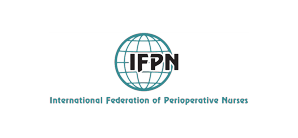THE CONTRIBUTION OF ENDOSCOPIC LASER COAGULATION IN THE TREATMENT OF THE TWIN-TO-TWIN TRANSFUSION SYNDROME
George Katsaras, Panagiota Markopoulou
Saturday, September 1, 2018
Publication year:
2018
Authors:
- Katsaras George, NICU, General Hospital of Nikaia - Piraeus «Agios Panteleimon»
- Markopoulou Panagiota, Pediatric Department, General Hospital of Tripoli
Keywords index:
Pages: 163-177
Abstract:
Introduction: The twin-to-twin transfusion syndrome is a serious complication which affects 10-15% of monochorionic diamniotic placentation pregnancies. The syndrome is the result of a progressively displayed and chronic imbalance of the communication of the placental shunts, resulting in unequal blood exchange between the fetuses, namely the "transfusion” of blood from the fetus-donor to the fetus-recipient. Objective: To review literatures which concerns the syndrome and the last of its therapeutic methods, the laser photocoagulation. Material and Methods: Bibliography from search in the databases PubMed and Scopus, as well as reviews of the last five years were used. Results With laser photocoagulation the survival rate of one of the two fetuses is 57-77% (versus 38-81% after amniocentesis), the death rate of both fetuses has fallen to 5.6-22% (versus 14-39% after amniocentesis), anemia has fallen to 3% and polycythemia to 16%. The probability of premature birth and premature rupture of the membranes is 27%. Conclusions: The minimally invasive endoscopic (Fetendo) laser photocoagulation for placental vascular shunts continues to be an effective therapeutic approach, and the only cause therapy and treatment of choice of twin-to-twin transfusion syndrome.
Download PDF



